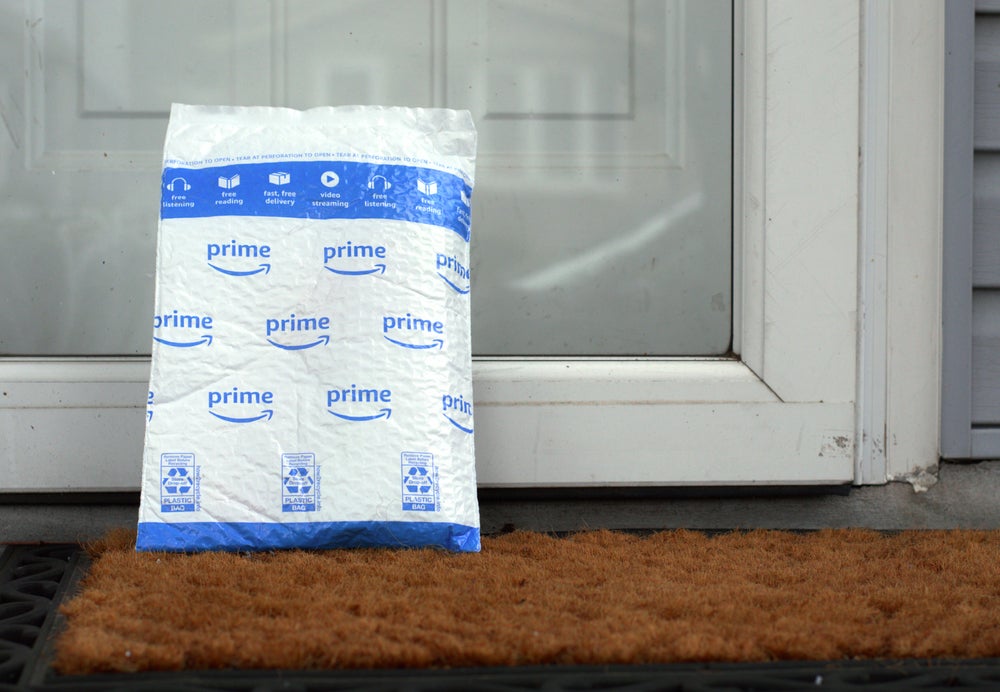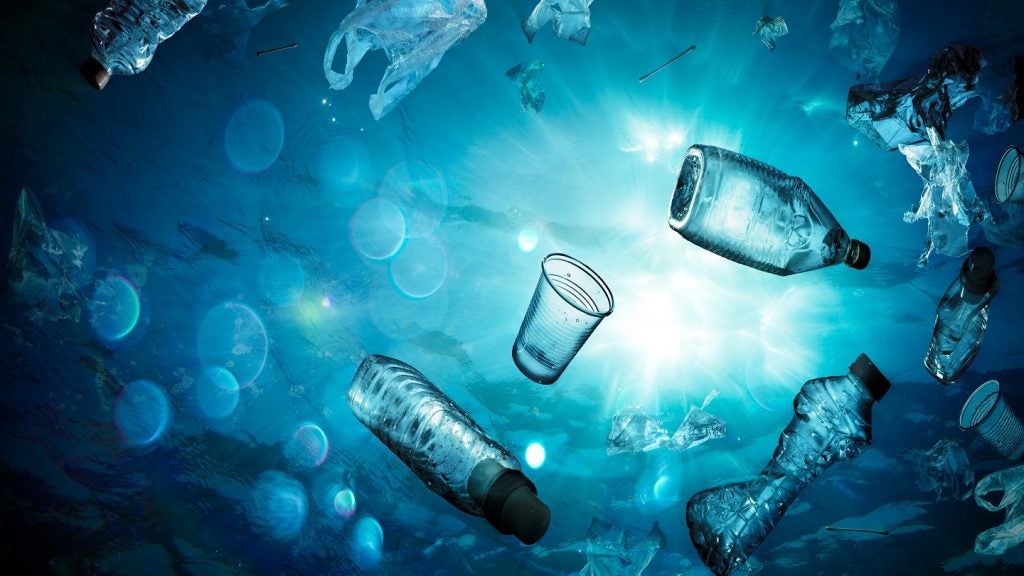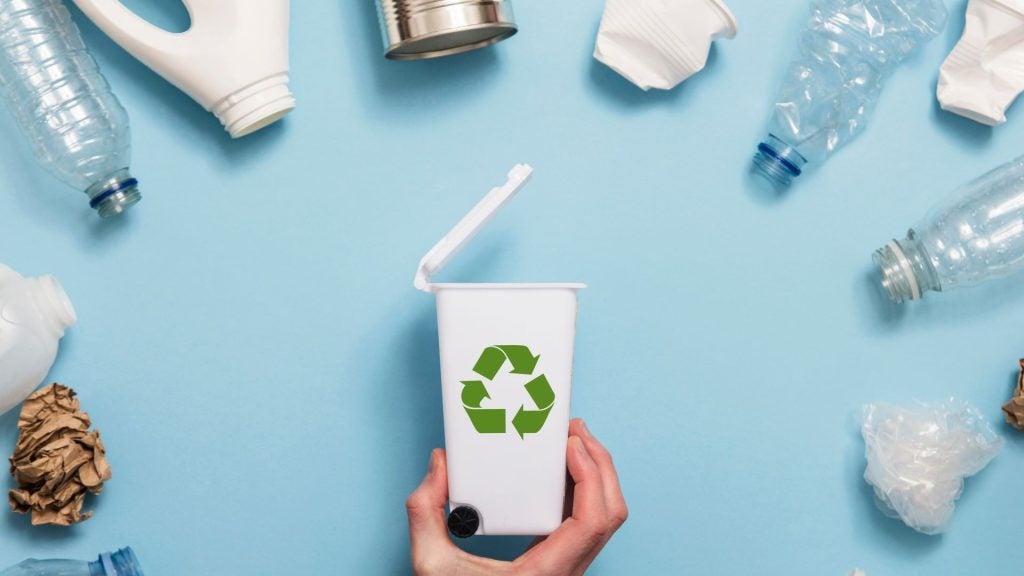In a new study titled "Amazon’s United States of Plastic," environmental advocacy group Oceana has brought to light the increasing issue of plastic waste generated by Amazon in the United States.
The report reveals that in 2022, Amazon was responsible for producing approximately 208 million pounds of plastic packaging waste, marking a significant 9.6% rise from the previous year.
This amount of waste, primarily consisting of air pillows used in packaging, is enough to encircle the globe over 200 times, highlighting the vast scale of the problem.
Methodology and findings
Oceana's analysis was based on publicly available market data, alongside adjustments made following Amazon's recent disclosures regarding changes in its plastic use policies.
Despite Amazon sharing information on its global plastic packaging footprint, the company has not provided specific details on its plastic use in the US, nor has it accounted for all transactions, including those fulfilled by third-party sellers.
International efforts vs. US policy
While Amazon has made strides in reducing plastic packaging in other global markets, such as India and Europe—where it has switched to 100% recyclable paper and cardboard packaging—the U.S. seems to be lagging behind.
According to Matt Littlejohn, Oceana’s Senior Vice President for Strategic Initiatives, this discrepancy raises concerns, especially considering that a significant majority of Amazon's US customers are worried about plastic pollution.
Littlejohn urges Amazon to adopt a consistent approach to reducing plastic packaging across all regions it operates in.
Environmental impact and shareholder concerns
The environmental impact of plastic pollution, particularly from types of plastic like those used in Amazon’s packaging, is profound.
These plastics, mainly in the form of plastic film, are the most common and harmful forms of marine litter, posing significant threats to marine life.
Oceana estimates that up to 22 million pounds of Amazon’s plastic waste could end up in oceans and waterways, contributing to the growing crisis of marine plastic pollution.
Shareholders have repeatedly pressed Amazon to develop a comprehensive plan to reduce its plastic footprint by at least a third.
Achieving this reduction, particularly in the US, could significantly contribute to lessening the environmental damage and aligning with the company's actions in other markets.















